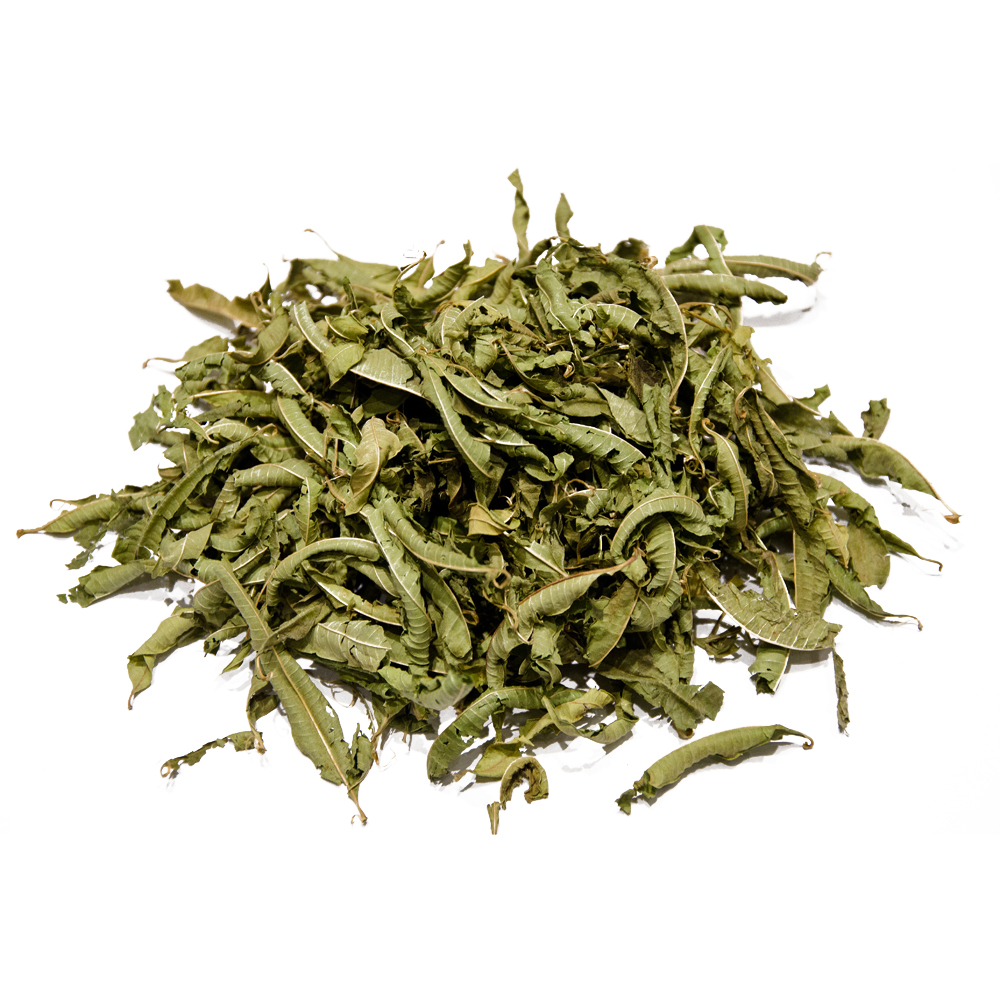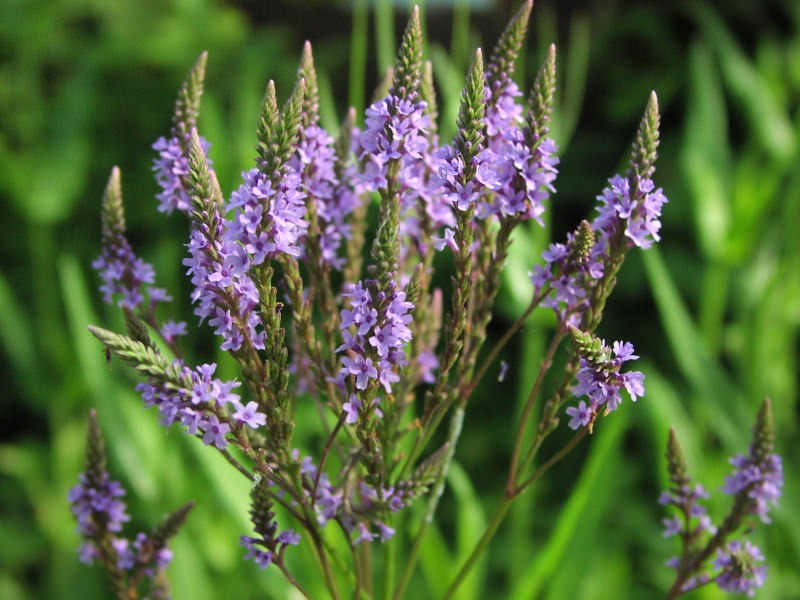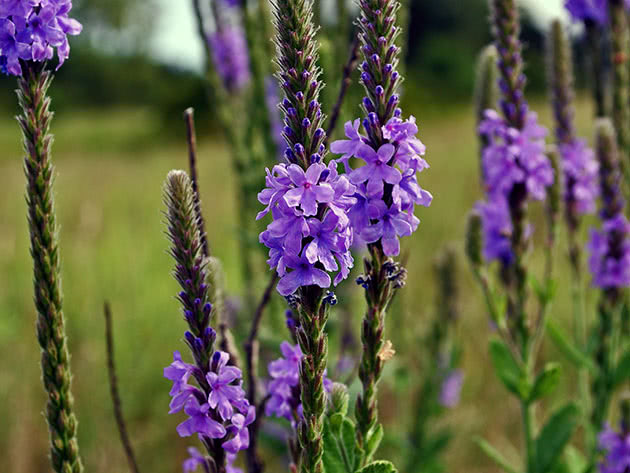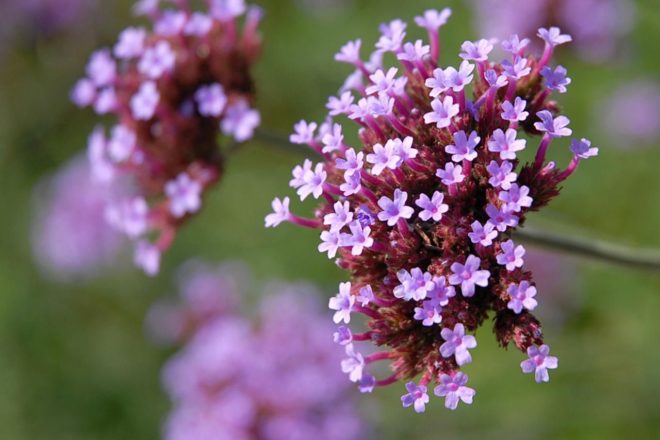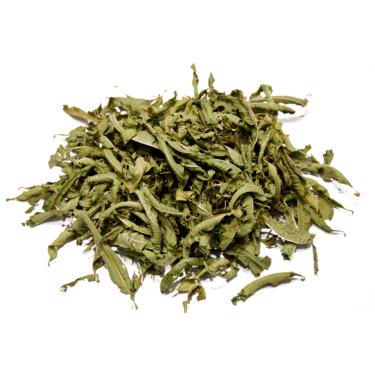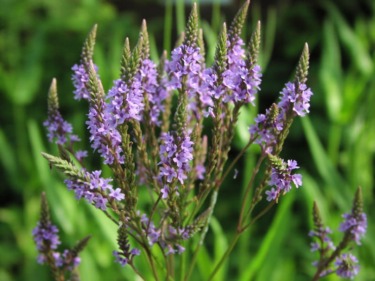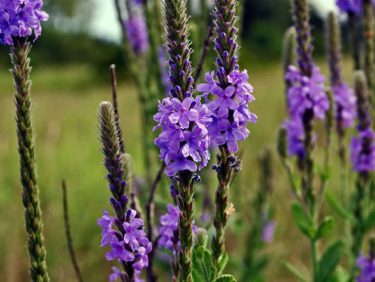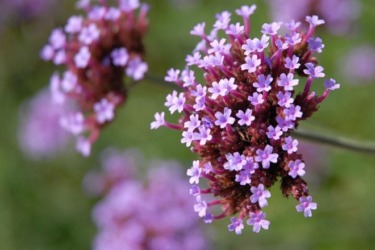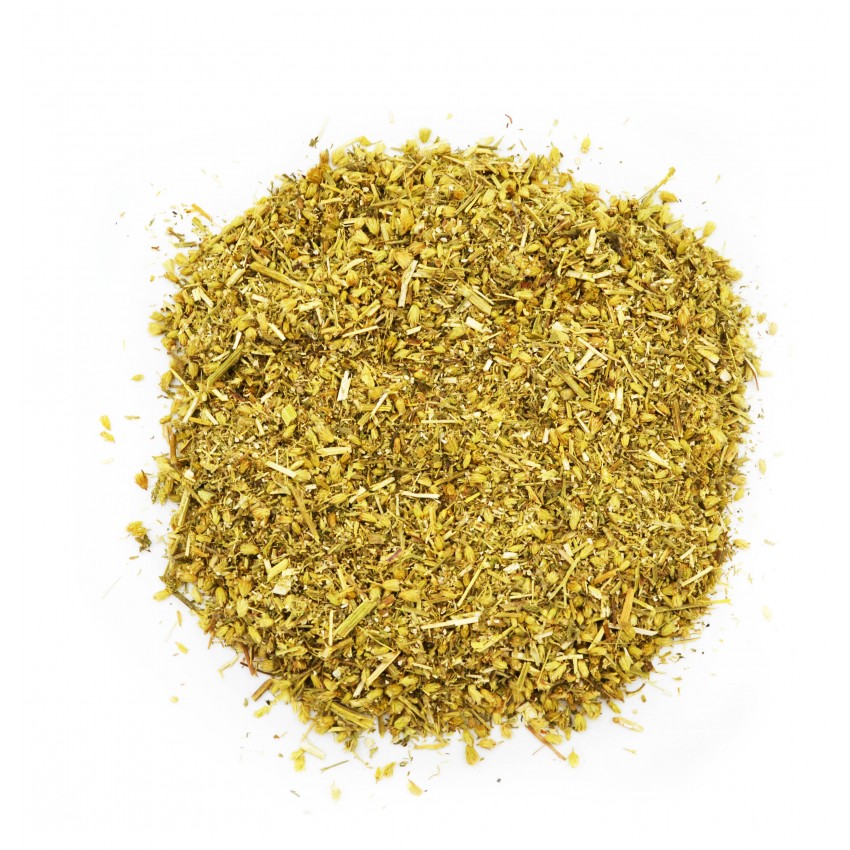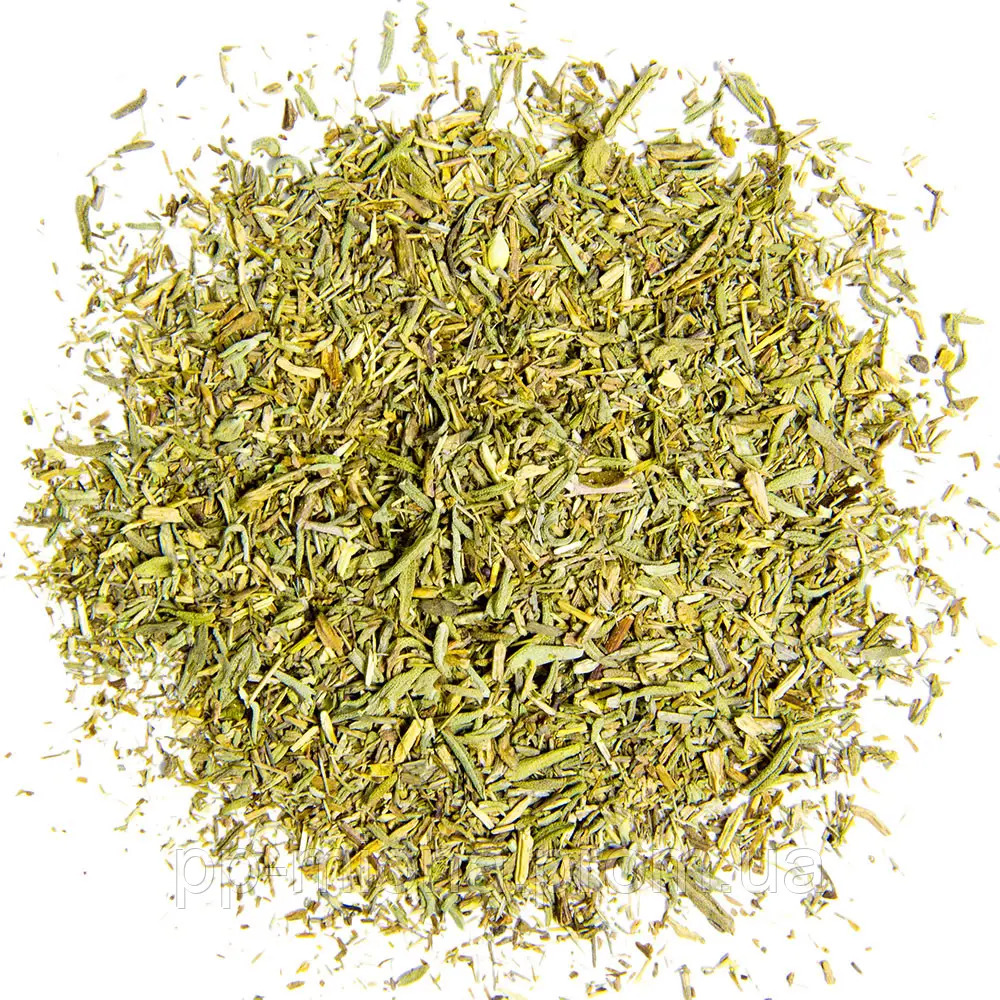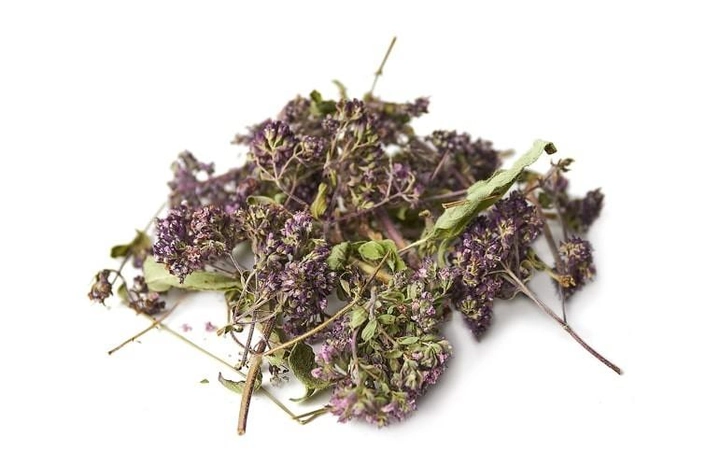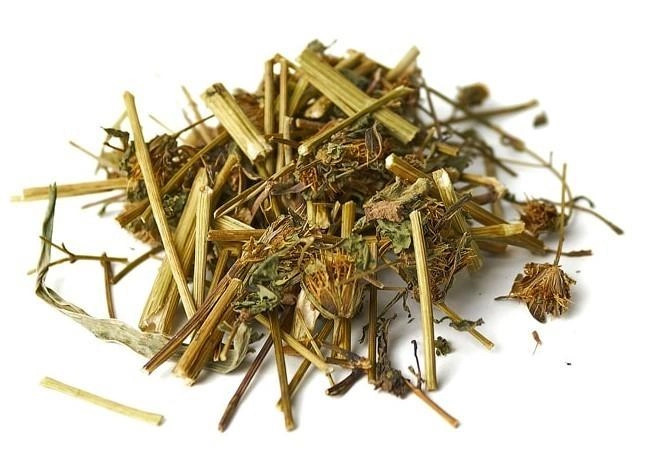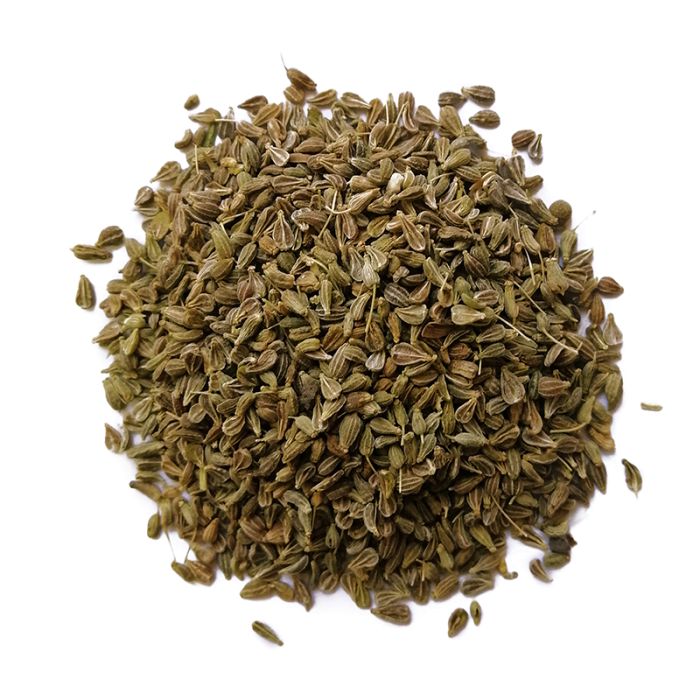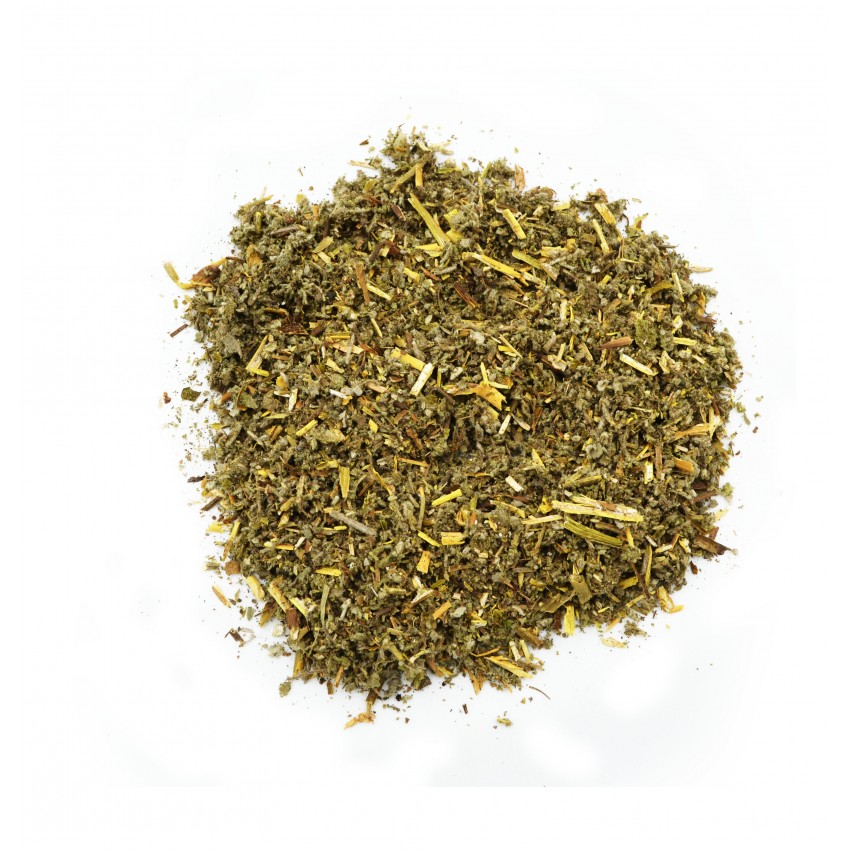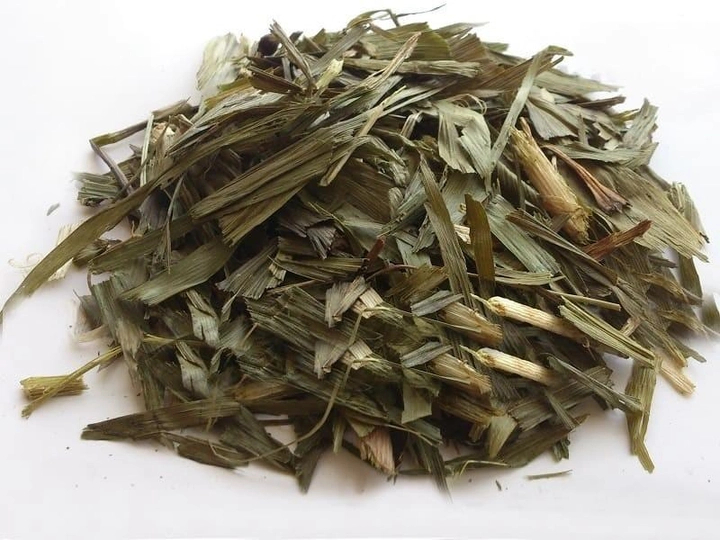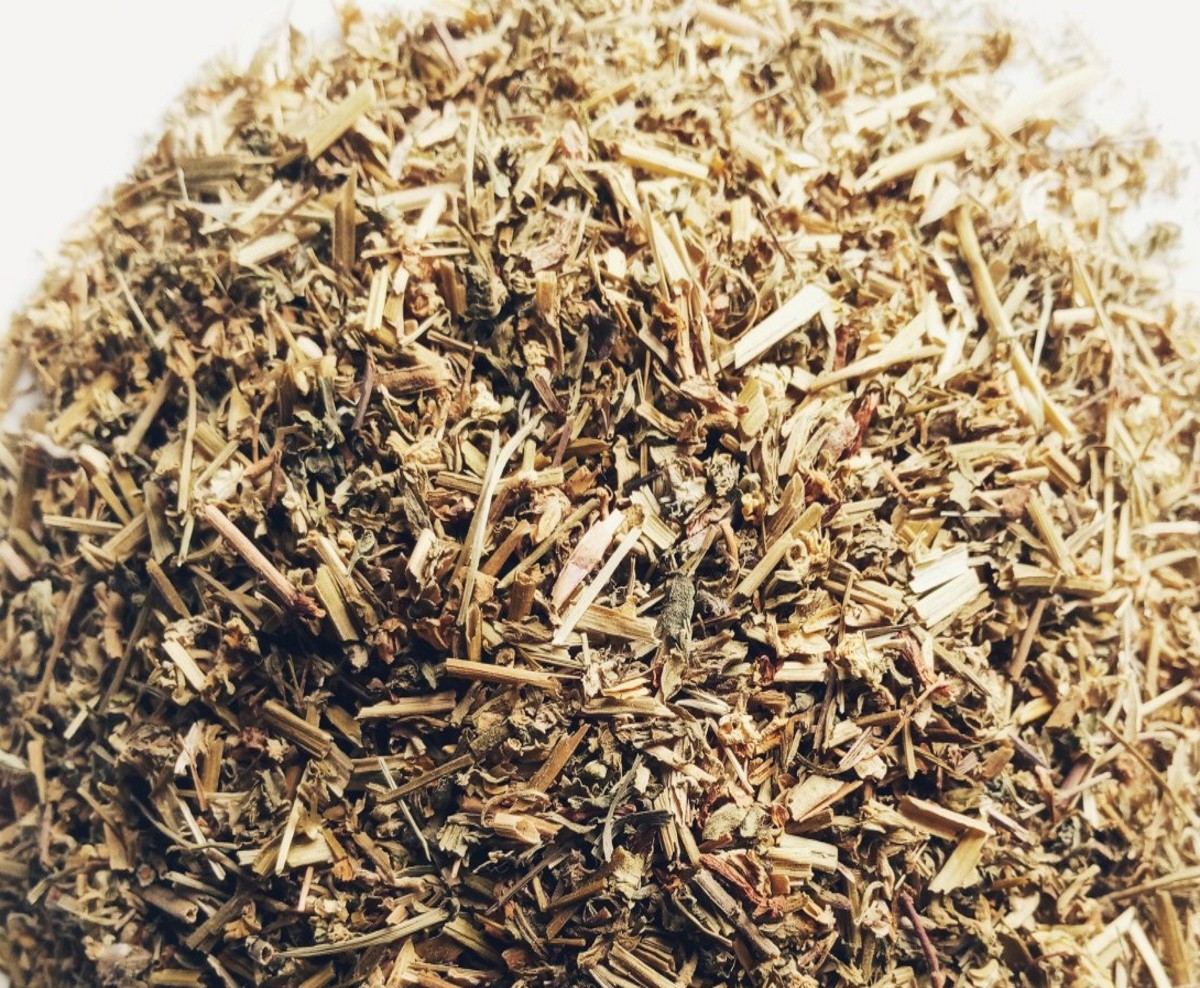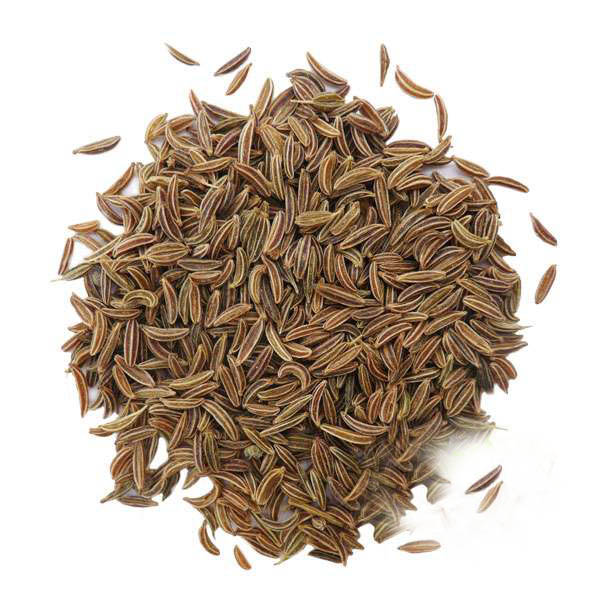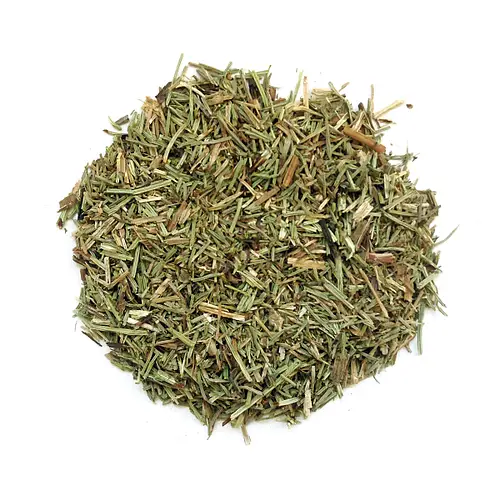Verbena has long been considered extremely useful. In ancient times, in religious rites, it was used to decorate altars during sacrificial rites. Greek warriors believed that verbena could make their bodies invulnerable and scare away enemies. The Romans associated this plant with Mercury, the winged messenger of the gods. Verbena was used to decorate the clothes of messengers who went on peaceful missions, and they were called verbena bearers.
In the Middle Ages, this plant was surrounded by mystery. It was harvested only once a year, on a moonless night, by the shining of the planets Venus or Mercury. It was believed that verbena had special power when extracted with a gold or silver shovel. It could not be picked until the dew of the early morning moistened the plant. It was believed that such verbena would bring health and perhaps even wealth.
In modern medicine, verbena is used to treat skin diseases, including scrofula. It is also used for arteriosclerosis and thrombosis.
In homeopathy, verbena is used to treat kidney stones. In Indian medicine, fresh verbena leaves are prescribed to reduce fever and as an analgesic.
